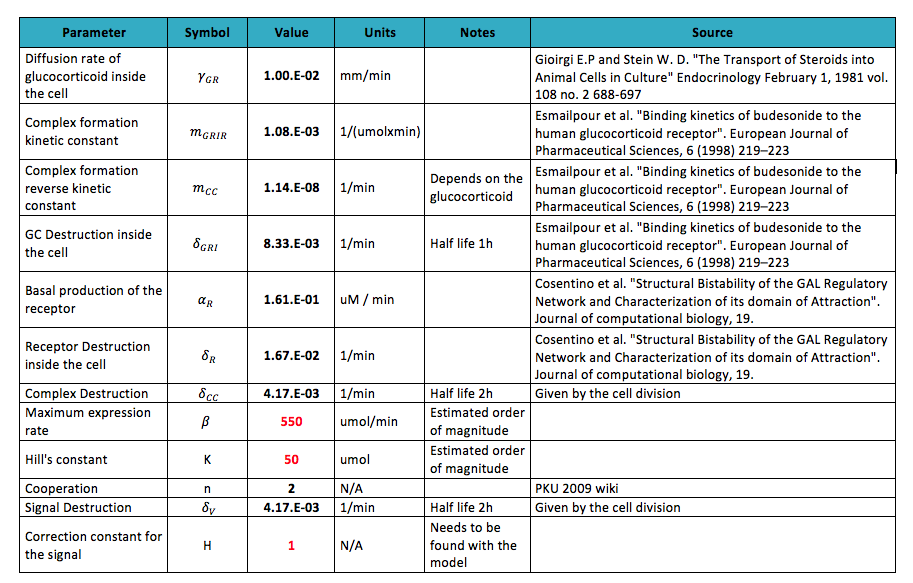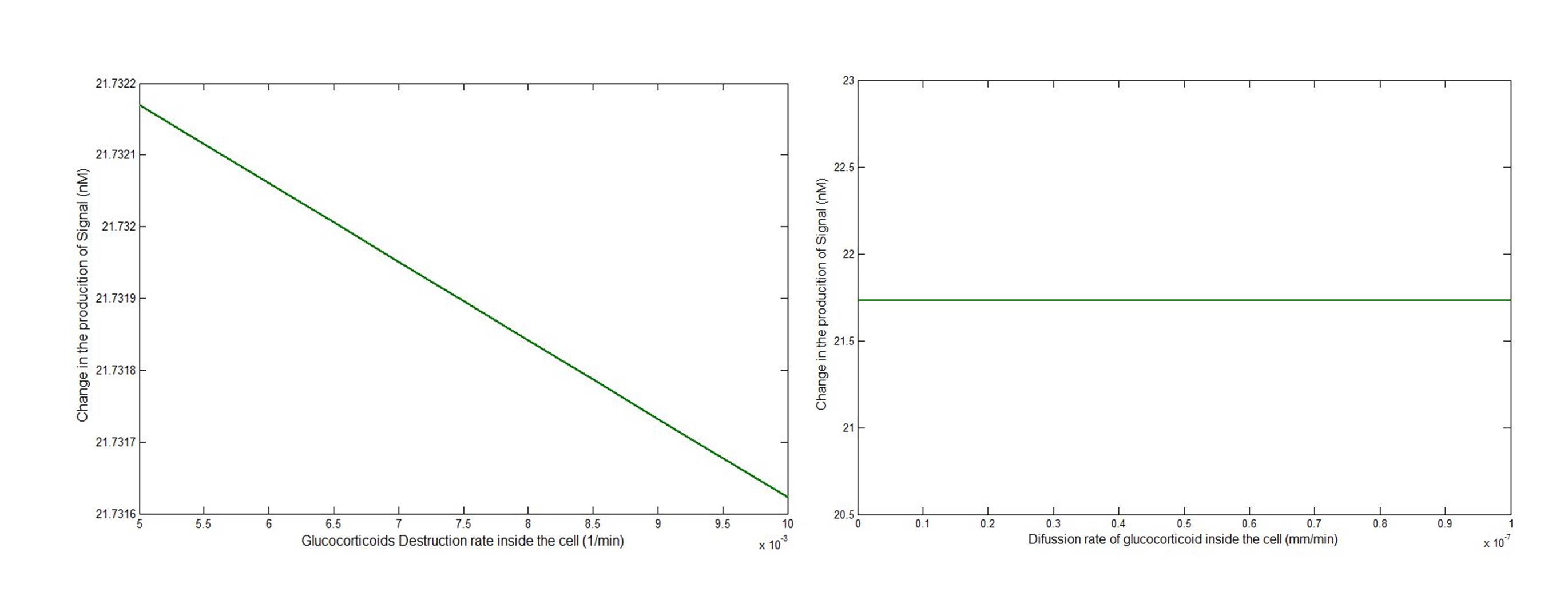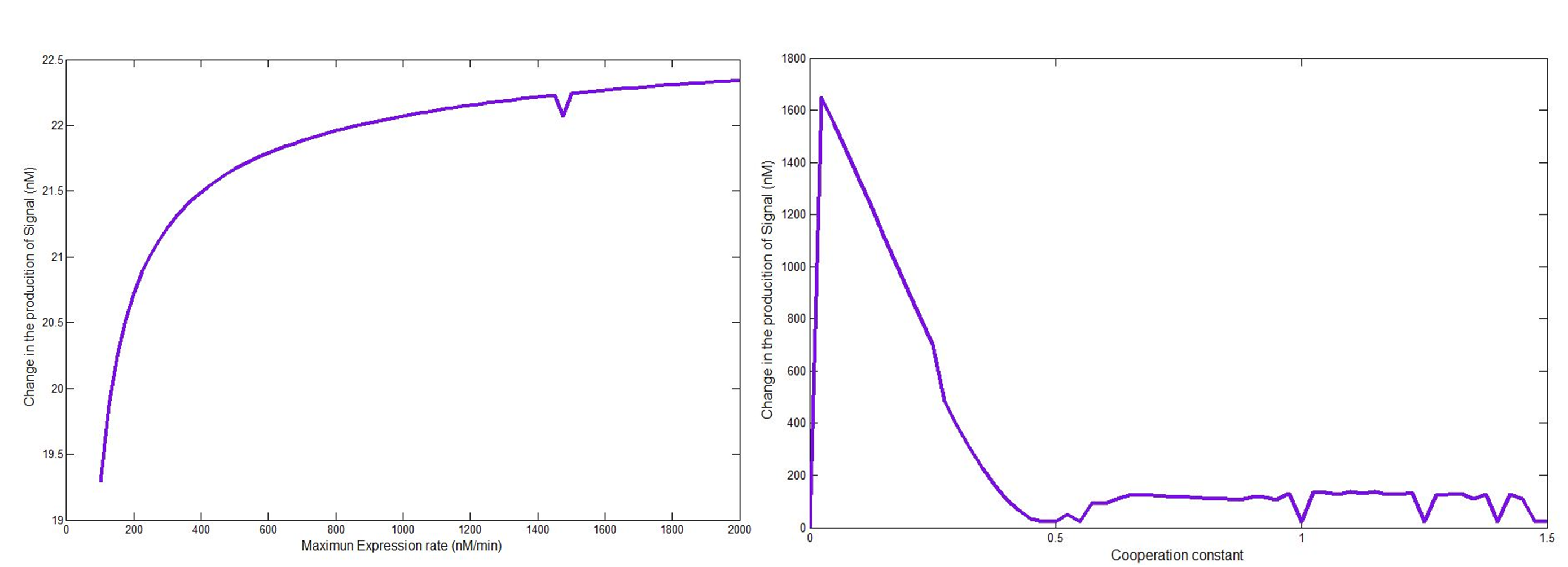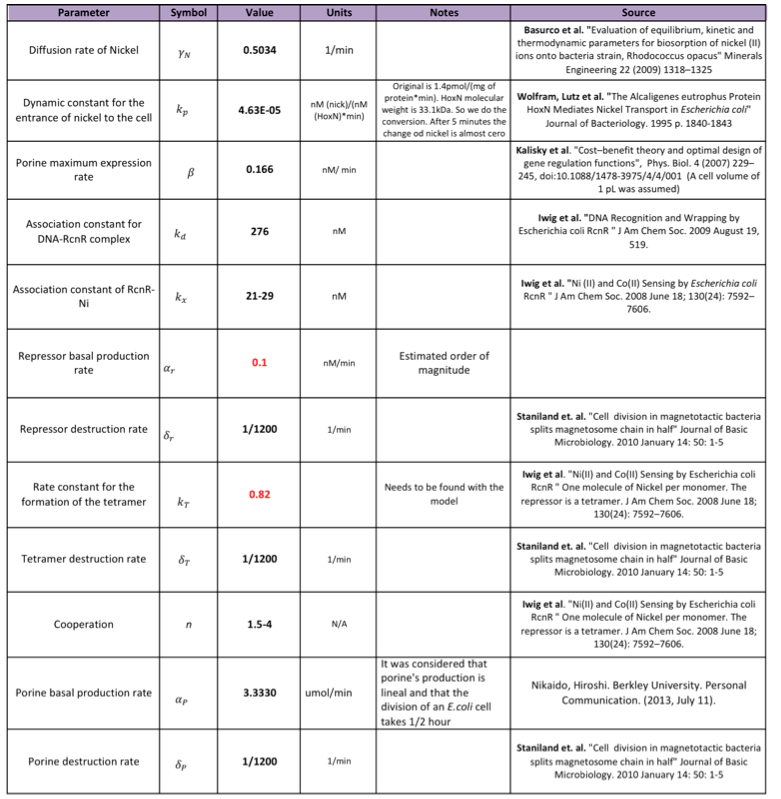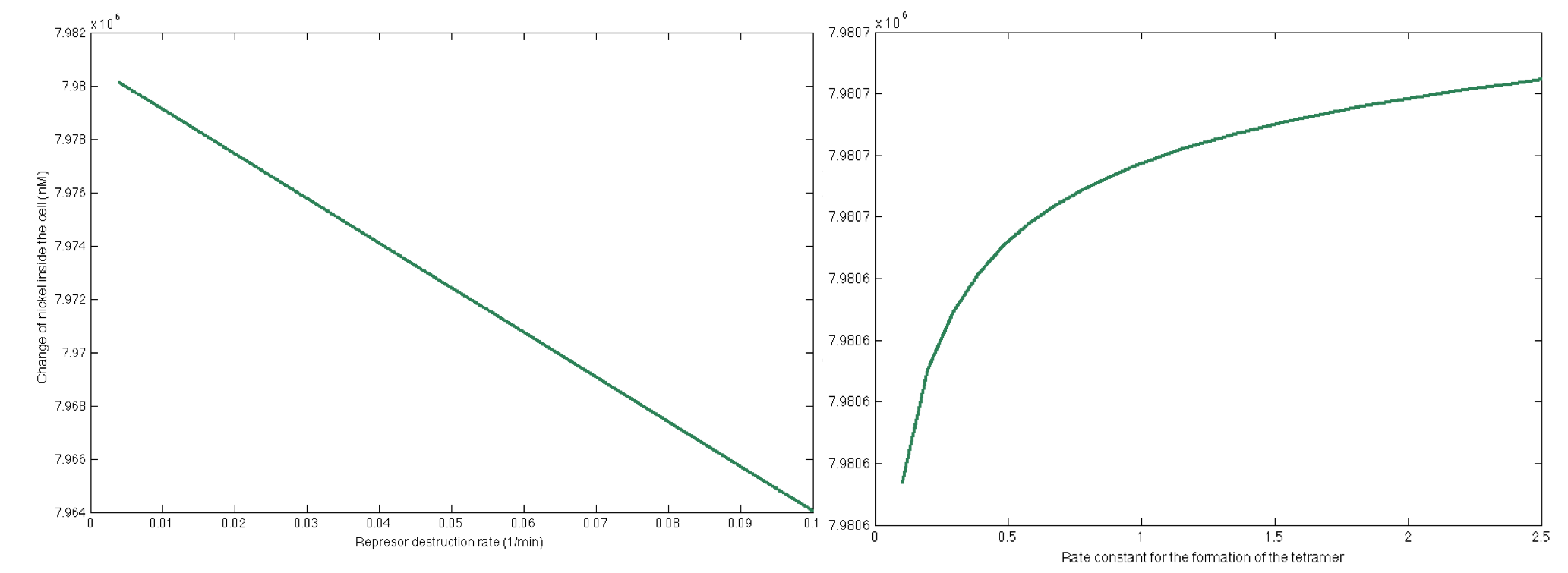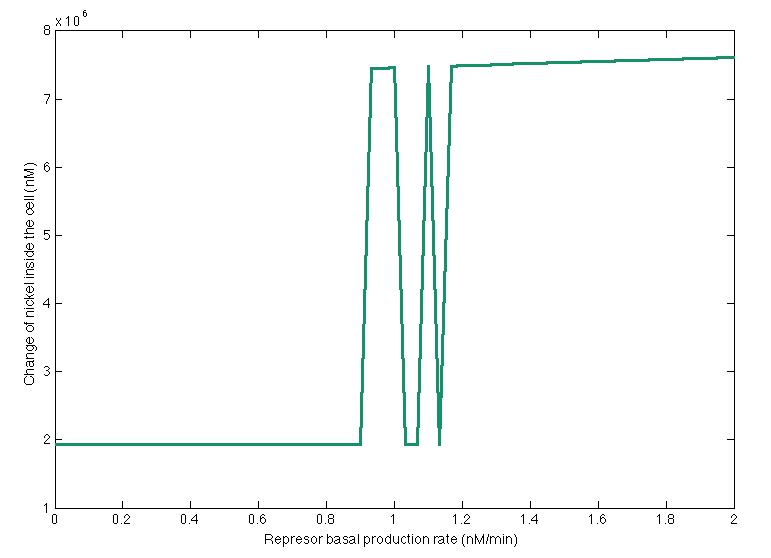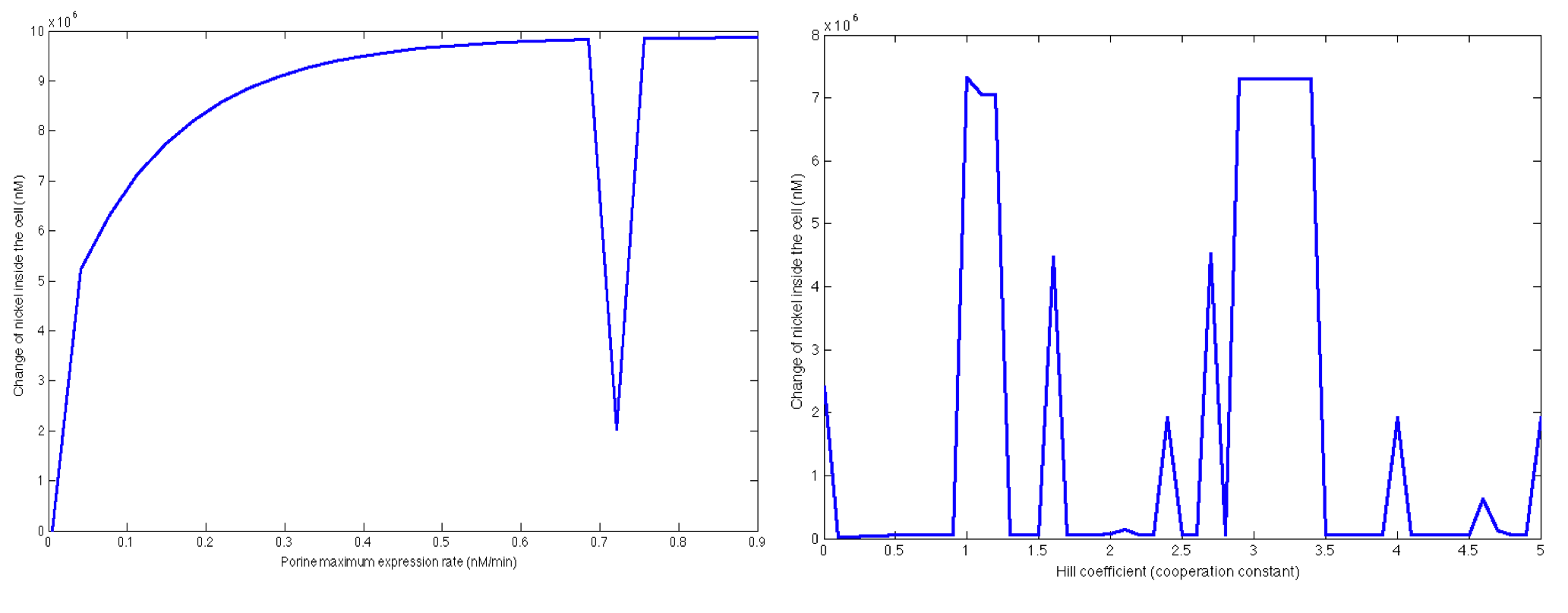Team:Colombia Uniandes/Parameters
From 2013.igem.org
Parameters
The second step in the deterministic model is to find the parameters that define the system. There are 3 possible ways to do this:
- Literature: Many of the genes that we use in iGEM have been characterised before, and the constants that model their behaviour have been found. Sometimes an exact value is not found, so we have to find at least the order of magnitude or a range where the parameter can be found
- Experiments: This is the most reliable way of knowing the parameters. But in our case we need the to perform de deterministic model first in order to see if the system works as expected in the lab. So the experimental way can only work to check if the parameters were correctly found.
- Screening: If the parameters we are looking of are not found in literature we proceed to perform a screening of parameters as described in Colombia 2012 Team Wiki
Below is shown how we found the parameters for both of the projects:
Glucocorticoid sensor
After looking for parameters in literature, the following values were found:
- The values for these parameters varied a lot depending on the glucocorticoid detected. As we plan to test the circuit with dexamethasone, all the parameters were adjusted for this hormone.
- The values in red are the parameters that could not be found. An estimated order of magnitude was assessed supported in the literature read.
- As the part of the chimera that is going to activate transcription is Gal4p, the values for the activation of the gene are assumed to be the same as those of the pure protein.
- Some of the destruction rates were not found so we assumed that the concentration of the protein is significantly reduced only when the cell divides.
Sensitivity Analysis
In order to see which of the parameters had a significant effect in the signal response, we performed a sensitivity analysis. For each parameter, we took the value found in the literature (or guessed value) and evaluated the model in a range that varied from one order of magnitude below to one order of magnitude above. Depending on how much the response varied to each parameter the screening was planned.
After perfoming the analysis we found some parameters that had little effect on the desired response of the system. For example, the destruction rate of glucocorticoids inside the cell and the reverse kinetic constant for the formation of the complex:
The parameters related to the Hill expression had a significant effect on the desired response. For this reason, and given the fact that two out of three parameters had an estimated order of magnitude, the screening of parameters was focused on this part of the model.
You can see the complete sensitivity analysis here.
Nickel removal system
After a research for parameters in the literature research was done the following values were found:
- The values in red are the parameters that could not be found. An estimated order of magnitude was assessed supported in the literature read.
- Some of the destruction rates are not found so it is assumed the concentration of the protein is significantly reduced only when the cell divides
Sensitivity Analysis
A complete sensitivity analysis was performed in order to see which parameters have a significant importance in the model. Each parameter was evaluated in various orders of magnitude and the behaviour of the nickel intake was analysed.
Most of the parameters had a significant effect. Only the rate constant for the formation of the tetramer and the repressor destruction rate were the parameters that compared with the others had little effect on the nickel intake. The first one needed to be found with the model, but after seeing that it has not a significant effect on the desired response an estimated order of magnitude is enough to run the deterministic model.
The repressor basal production rate is one of the parameters that needs to be found with the model. As can be seen below this parameter has a strong influence on the response of the system in a small range (0.8-1.3) . After 1.4 the response of the system is not influenced by the change of the basal production. The parameter can be picked after 1.4 because it has no significant influence in the response and the intake of nickel is high enough.
As said before most of the parameters showed to have influence in the model. The parameters related to the Hill's equation: The Maximum expression rate and the cooperation constant had the highest effect on the model and its value needs to be screened.
Here is the complete document with the results for all the parameters
 "
"




